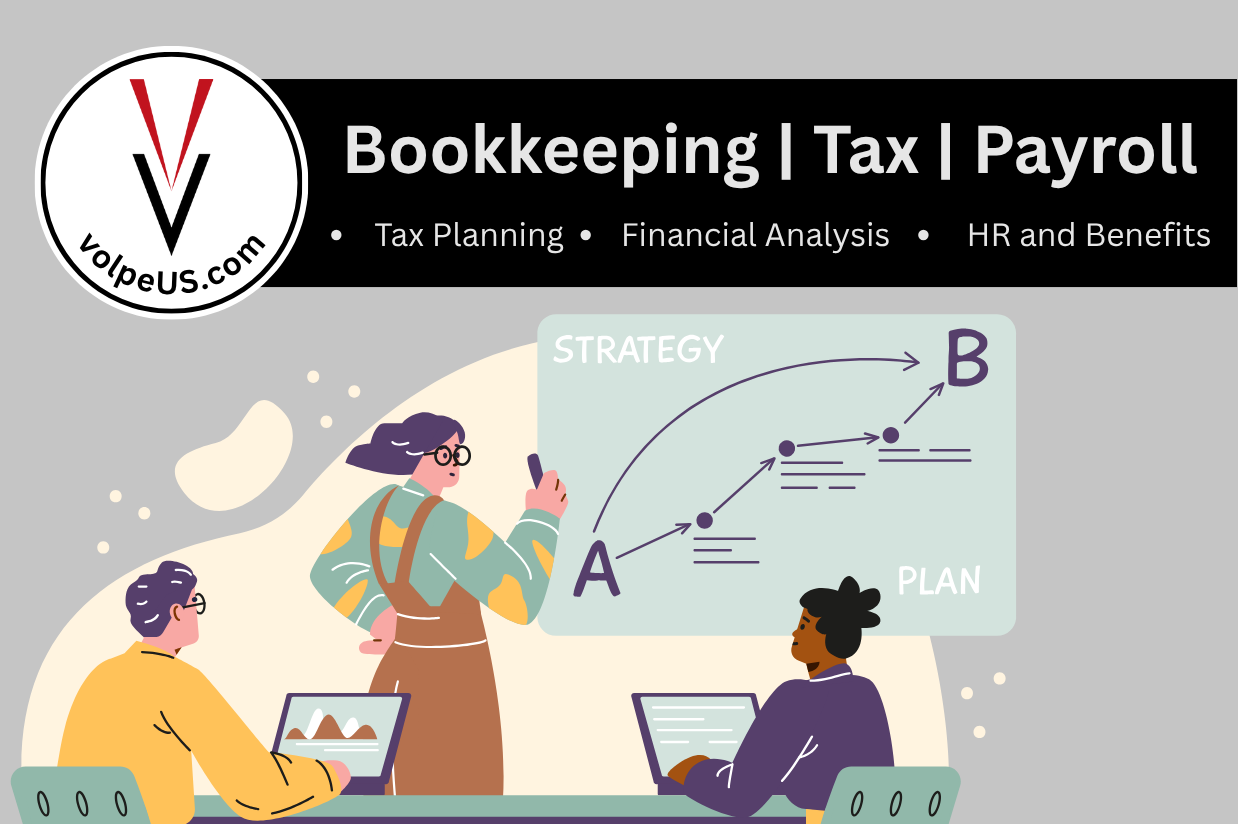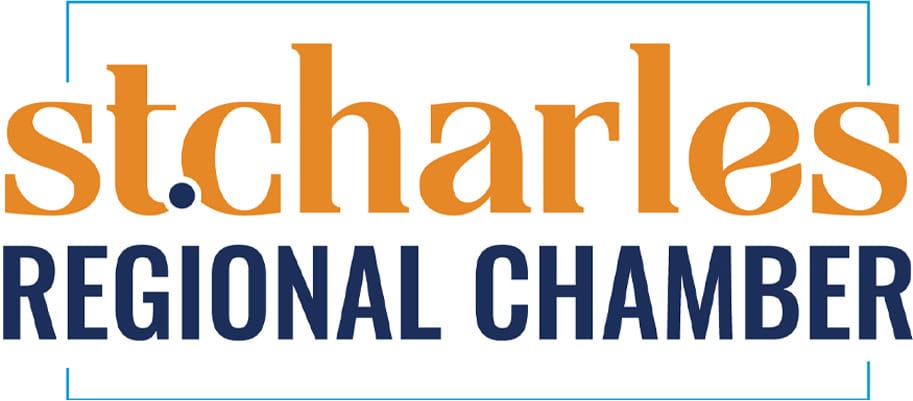Snack 1: Measuring Success
Before we embark on this weight gain journey, we need to have a scale, so we can track our progress. In business and accounting there are several ratios that are used to measure the weight of a company. Some of these are used to compare companies of different sizes, but there are several income based ratios that can provide insight on how your money is (or is not) working for you. The key to using these ratios is to have a reliable set of books that reports can easily be pulled from. I know that bookkeeping services can easily get pushed back and put on a back burner because it is a chore and not something that seems to increase the value of a company to its customers. While that may be true, I can guarantee you that having access to reports that depict the financial health of your business at your fingertips will enable you to run a leaner company and fatten up your bottom line – That will ensure that your customers will have you around for years to come!
 Whew! Now that we are through that, lets talk about the fun stuff: watching your money grow! For this I like to use two different “Return On…” ratios: Return on Investment and Return on Stockholders’ Equity.
Whew! Now that we are through that, lets talk about the fun stuff: watching your money grow! For this I like to use two different “Return On…” ratios: Return on Investment and Return on Stockholders’ Equity.
Return on Investment: (for those of us that think in math equations)
ROI = Net Income/Operating Assets
For those of us that hate math, and wish we never had to learn addition and subtraction and are still holding a grudge for that poor elementary school teacher who forced us to do those flashcards..all this means is you are looking to see how many times you have made the value of your assets. The bigger this number, the more times you have earned the value of your assets.
For example: A manufacturing company uses manufacturing equipment, that cost $110,000.00 to produce shoes (no other assets are involved in the production or shipping of the shoes). Their net income (or income after expenses) for the year is $330,000.00 This means that in 1 year they made 3 times the value of their operating assets. OR ROI = $330,000.00/$110,000.00 = 3.00
Return on Stockholder Equity: Is essentially the same concept as ROI, but instead of comparing net income to operating assets, we are comparing net income to how much money stock (or share)holders have invested into the company. So, ROE = net income/total stockholder’s equity. This means that the larger this number, the more times the company has earned the value of the equity holdings in the company.
For Example: Say Sarah and Dave started a company on January 1 of 2016. Sarah contributed $100.00 in cash and Dave contributed the same. This means that total stockholder’s equity is $200.00. If the company’s net income for 2016 was $300.00, that means that the
return on stockholder’s equity = $300.00/$200.00 = 1.5 OR, that in 2016, the company was able to make 1.5 times the amount that was invested in the company!
Special Note: There are multiple ways to calculate ROI and ROE. The key to using these as the scale to measure a company’s performance, and compare it to previous years, is to use the exact same formula. Also, both ROI and ROE can be negative values, this will occur when there is a net operating loss.
Should you have any questions, we are here to help you increasing those “Weight Numbers“!!!
Chelsea Auton
The Volpe Consulting & Accounting Team
https://www.businessknowhow.com/money/bottom-line2.htm













